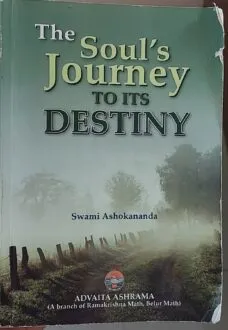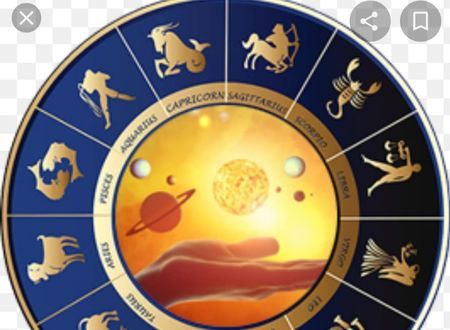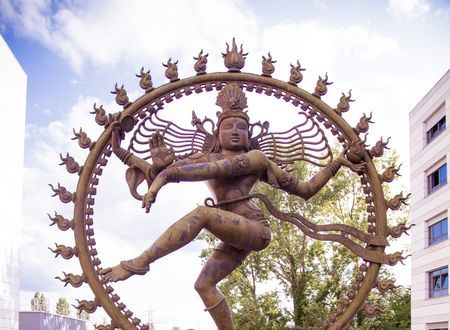The book ‘The soul’s Journey to its Destiny’ contains a series of lectures given to the western audience by Swami Asokananda and published by Advaita Ashrama. It’s written beautifully as the author takes us on a journey starting from the senses and dives deep into the subconscious and unconscious aspects of the mind. His description of subtle aspects of ego and how one can transcend it is explained in an extraordinary way. one interesting aspect is how the ego gets formed in the first place. It is given in page 193 under the heading, ‘ The birth and death of ego’.

He explains, “Where does this ‘I’ consciousness comes from? ….. it is made up of two principles: cit and jada. cit is the conscious principle and jada is the unconscious principle”. He explains that cit is the light from the pure self-soul; as it falls on the unconscious jada, the ego is, as it were, produced. He says further, “The ego, therefore, has been called cit-jada-granthi, a knot made up of two strands – one, pure consciousness; the other, material phenomena. The two get bound up together, and we then have this egoistic sense, this ‘I'”.
Enlightenment or Nirvana is when one is able to untie this knot ( by Sadhana, meditation, contemplation, etc) and realize that one is not this body but the effulgent soul. It can also be rephrased as when the divine grace descends, the knot is released and the soul is freed from the shackles of Maya ( the reference point of ‘I’ merges into the universal like the wave merges with the ocean).
Well, when one reads this book, one could intuitively reflect that a developing child in the womb is the process by which the soul is knitted to the body. In short, a soul is tethered by Maya with various knots to be held in place which gives it the identity as a man, woman, animal, insect, etc. Since the soul is tethered to the body, there’s a false identification due to the clouding of sensation from the senses, mind, intellect, etc. When one purifies the mind and intellect and when all the vasanas are burnt, one perceives the self-effulgent atman and can have firsthand experience that there is only one Purusha which when knitted/knotted with Prakriti gets entangled in Maya and its manifestations.
A simple analogy that comes to the mind is when a shirt is buttoned to the body. The body holds the shirt with the help of buttons and not vice versa. similarly, the soul wears the body like a shirt with multiple knots (buttons) like chita-jada granthi, brahma Granthi, etc. The ego appears and thinks that it is doing everything whereas, it is the atman (Purusha) who is wearing the body (Prakriti) and experiencing everything.
The above concept of cita-jada granthi is very good for contemplative meditation. So, when one constantly contemplates in the mind with mindfulness on the ego-soul complex (chit-jada granthi), then Maya gives in and reveals the true nature of the Soul. At times of extreme grief or pain, this contemplative meditation can reduce the severity if one has been practicing it for a considerable period of time by the intuitive reflection that pain & grief are for this body-mind complex ( ego/ I )and not for that soul, and when one intuitively senses, ‘I (ego) AM THAT (soul)’.








Comments & Discussion
0 COMMENTS
Please login to read members' comments and participate in the discussion.